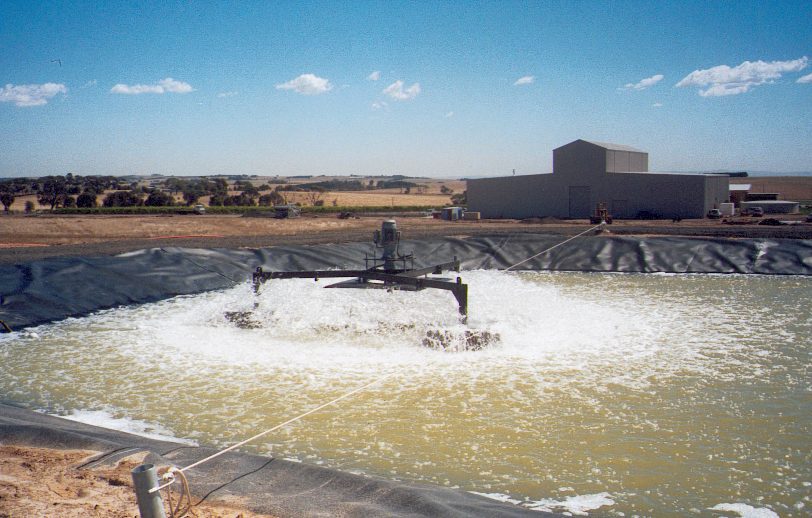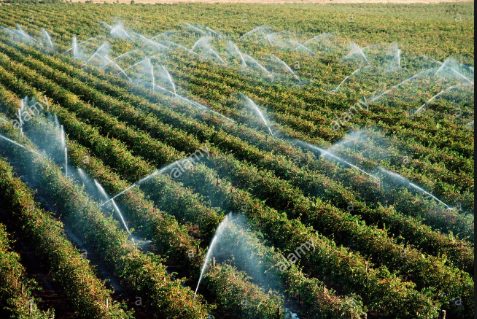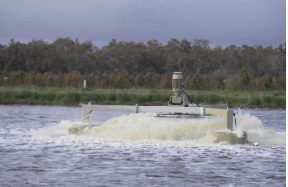What are the different types of Floating Surface Aerators?
An aerator is a mechanical device with the primary function of mixing air into water. In wastewater treatment, it helps to facilitate the aerobic degradation of any polluting contaminants in that water. This procedure is common in the treatment of industrial and municipal sewage.
It’s also commonly applied to the aeration of lagoons, ponds, lakes and fish farms to promote good health of the fish and other animals that live in the water. Other businesses that use them include wineries – there are many sectors that use floating surface aerators for different reasons.
In addition to floating surface aerators, there are subsurface aerators that achieve the same results. In fact, for many, subsurface aeration may come to mind first when thinking about wastewater treatment. But surface aeration is equally important in the whole process, supplying that all-important oxygen to liquid waste.
Surface aerators are also known as floating surface aerators. Their design revolves around moving water from beneath the surface out into the air. This causes the droplets to fall back down into the water, breaking the surface to force air into the water to different depths, thus oxygenating the water.
What is the point of aeration?
Bacteria is an important component of wastewater treatment as it biodegrades the waste chemicals and solids in the water. Bacteria needs oxygen to thrive, and if the water is not sufficiently aerated then the bacteria will not be able to decompose the organic matter efficiently. This results in a slow and odorous process of degradation like in a septic tank. A surface aerator can help ensure the bacteria have the oxygen they need. They’re suitable for wastewater treatment, leachate treatment and various other things. Their effectiveness depends primarily on the amount of surface contact there is between the air and the water. By sitting on the surface, floating aerators are usually very effective at bringing oxygen into the top foot of a body of water, determined by the size and type of the nozzle.Different types of floating surface aerators
1. Fountains
These devices include a pump to draw water in and spray it up into the air. They are nice to look at in bodies of water that the public has access to, and the impact of the sprayed water when it falls back to the surface provides oxygen exchange and discharge of gases like methane, carbon dioxide and hydrogen sulfide.2. Bubblers
These are also known as fine bubble aeration diffusers. They physically pump air down into the water and can be an important feature for oxygenating a wastewater treatment plant.3. Floating paddle wheels
These devices utilise rotating blades to produce a strong mixing action at the water’s surface. The paddle movement creates a mist that facilitates a high rate of oxygen transfer.4. Agitators
These aerators are often deployed in ponds or lakes. They float at the water’s surface and deploy a boiling effect to mix the water, differentiating them from the more aesthetically-pleasing function of fountains but with a similar effect.Conclusion
Aerators are important for wastewater treatment and oxygenating water that contains life. By-Jas Engineering supplies a range of high-quality floating surface aerators for long life and consistent performance. By-Jas specialises in sewage and wastewater treatment. Visit us at www.byjas.com or contact us on (03) 5979 1096. We have been in the industry for 35 years and are family owned. We service across Australia, regional town centres, remote regional areas, and main capital cities. Approve and download Request rewriteSHARE:
What you can read next

Waste water treatment for Wineries
Wineries across Australia are producing record ...

Specialising in the Winery Industry
We cater to the winery industry in order to red...

Irrigation efficiency for Wineries
As we know wineries produce wastewater from the...

What is Involved in the Process of Winery Wastewater Treatment?
Winery wastewater is generated from the winery’s...

Want to remove waste water efficiently
Are you looking for a cheaper and more environmen...

Why Choosing a Wastewater Equipment Manufacturer Provides a Better Option?
Why Choosing a Wastewater Equipment Manufact...

Why Are Bacteria Used in Sewage Treatment?
Wastewater treatment is society’s way of giving...




